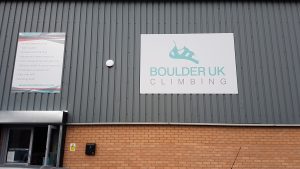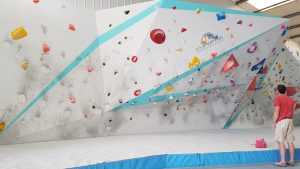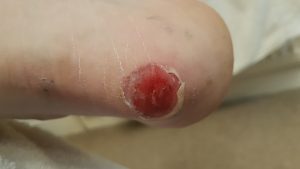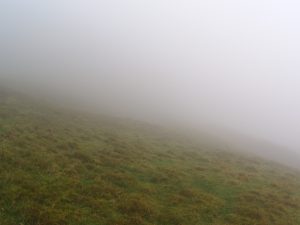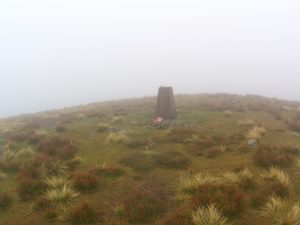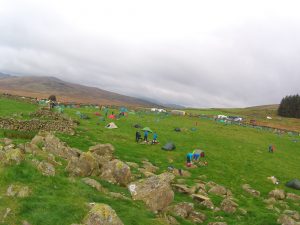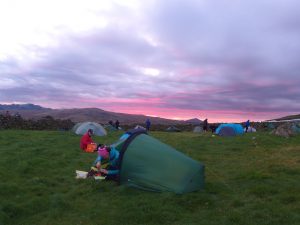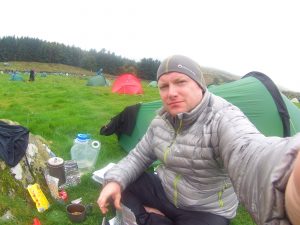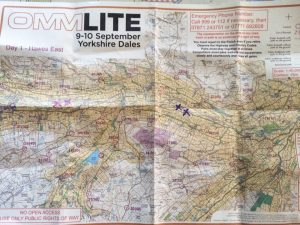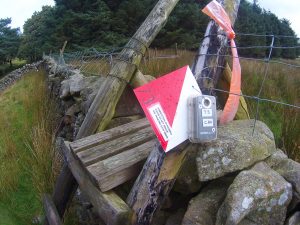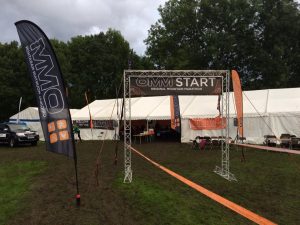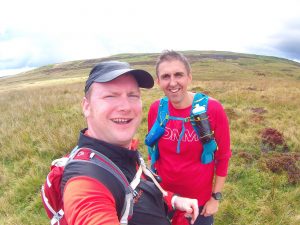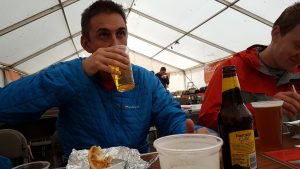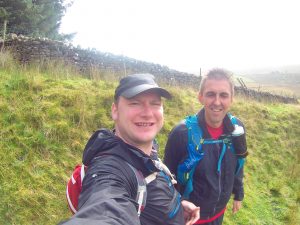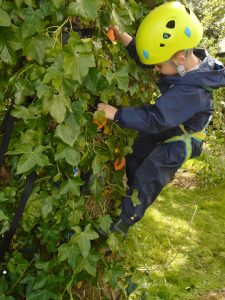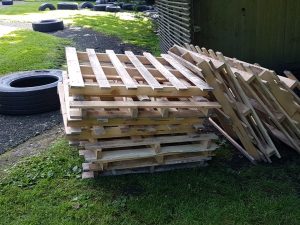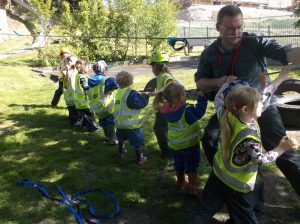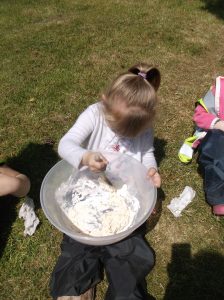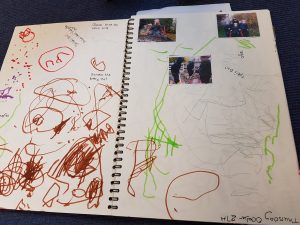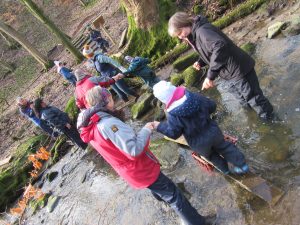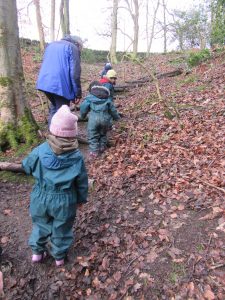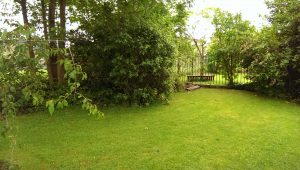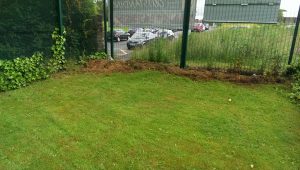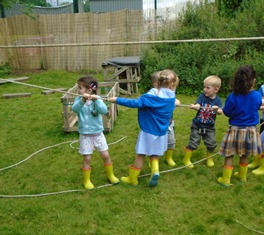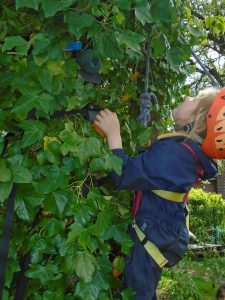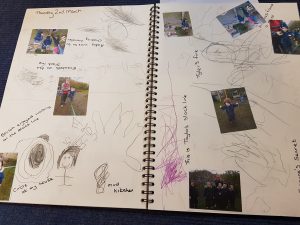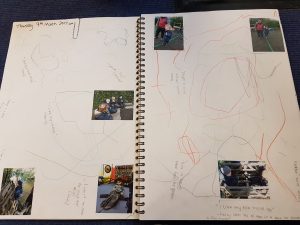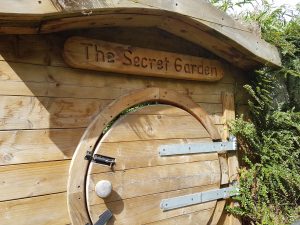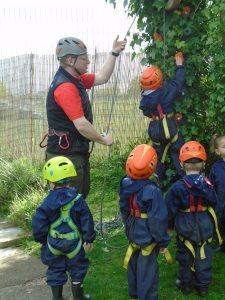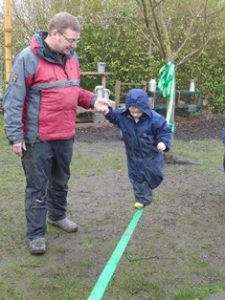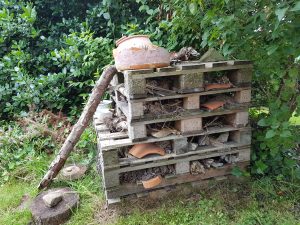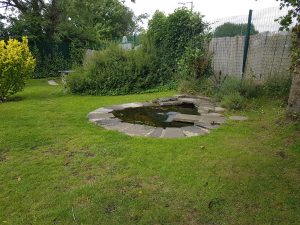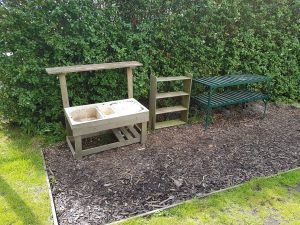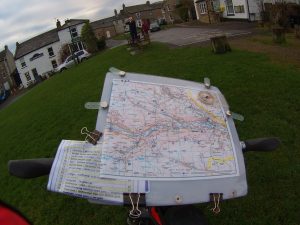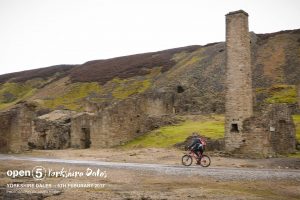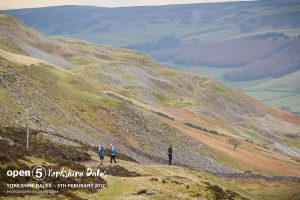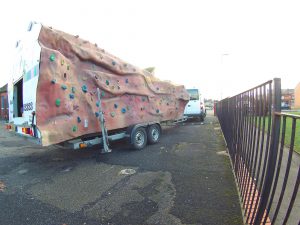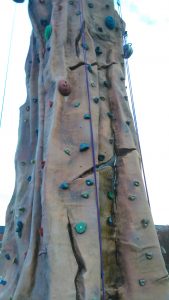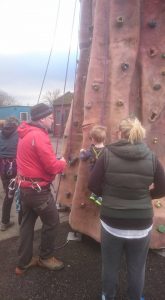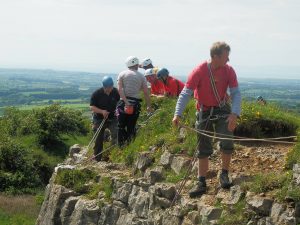(bit long this one, 15 minute read time – not including clicking the links)
What do those words mean to you? To me, they were an idea. Something to do with environmental impact/not dropping rubbish, possibly some sort of eco-fascism with a dash of tree hugging….. oh and an American idea.
I’d been broadly aware of the Leave No Trace ethos for some time now. “Take only memories, leave only foot prints” is a phrase most people with a passing curiosity on the outdoors will have come across I am sure – and it makes good sense! One does not have to travel too far from their own front door to see the impact ‘we’ have on the world around us. Sadly that impact is highlighted further once we arrive in a rural or semi rural area, even in a town park I am sure we have all grunted/tutted/sworn at the pile of fast food packaging dropped from a vehicle, 20 metres from a bin, or the cigarette ends that some smokers seem to believe is not rubbish. Lets not start on dog poo bags just yet, for fear I may not be able to tell you about my LNT experience as I will just be ranting.
A conversation with a fellow freelancer whilst working on a DofE program in the Summer introduced the concept further, along with the knowledge that she and her partner had experience of delivering LNT training, including train the trainer type courses and that they have done this globally. I parked all that information as being interesting and something to remember. It wasn’t until reading the Professional Mountaineer, (a trade publication) that it popped back in to my head. Heidi Schwenk (the freelancer I had worked with and Seb Shingler had a feature in there on Leave No Trace and I read it with interest. There was something about it that captured my curiosity and I could see it dovetailing nicely in to most areas of my work. On further investigation, a Leave No Trace Trainers course was being run by Heidi and Seb – Lifetrek Adventures and that completing the course could count as CPD for Mountain Training. Several years ago I decided as and when CPD type ‘things’ came along I would look at them as I need to (and want to!) continue my development as an outdoors professional as ultimately that will benefit those I am working with and for. So I signed up. A little apprehensively, as is was still a cost in the “quiet season” and time away from the family and I was not at all sure what to expect (beyond eco-fascism and/or tree hugging).
I am delighted to report the course was neither. It has left me inspired and determined to spread the message, although as I write this I am still reflecting on what ‘my’ interpretation of that message is. I plan on creating and delivering LNT Awareness workshops next year.
So what is Leave No Trace?
The Leave No Trace Foundation is indeed an American idea, born from a number of educational and Government based agencies/organisations including the National Parks Service and Forest Service who have been developing the concept of minimising your impact in nature since the 1960’s. The idea that our ‘consumer society’ has a negative impact on the world around us is not new – in fact the first study which began to quantify the impact of carbon on the environment (‘Global Warming’) was in 1896! (Arrhenius).
The LNT vision is:
To sustain healthy, vibrant natural lands for all people to enjoy, now and into the future. Every person who ventures outside puts Leave No Trace practices into action.
Their mission is a seemingly simple one: To protect the outdoors by teaching and inspiring people to enjoy it responsibly.
What is not to like?! Something that came across in spades during the weekend was that this is a concept, an ethos, an idea – but one with a high bar and a large number of small steps to take in order to ‘leave no trace’. If everyone that accessed the countryside did just one thing in striving for leaving no trace – how would that impact on you, each other, your children in future generations? This is basic stuff, the obvious ones like carry out your litter. Better still don’t carry potential litter in in the first place! Be conscious of path erosion – tread lightly and try not to contribute. How could your actions impact upon the enjoyment of others? Mobile on silent for example? or better still turn it off altogether and enjoy that tech free window in your day. I found some of the ideas involved with LNT naturally shared space and aims with mindfulness, well being and generally being considerate to those around. Again – what is not to like about an ethos like that?
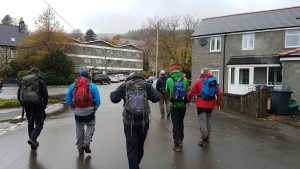
The LNT Center for Outdoor Ethics capture all of this in seven principles:
- Know the regulations and special concerns for the area you’ll visit.
- Prepare for extreme weather, hazards, and emergencies.
- Schedule your trip to avoid times of high use.
- Visit in small groups when possible. Consider splitting larger groups into smaller groups.
- Repackage food to minimize waste.
- Use a map and compass to eliminate the use of marking paint, rock cairns or flagging.
Travel and Camp on Durable Surfaces
- Durable surfaces include established trails and campsites, rock, gravel, dry grasses or snow.
- Protect riparian areas by camping at least 200 feet from lakes and streams.
- Good campsites are found, not made. Altering a site is not necessary.
- In popular areas:
- Concentrate use on existing trails and campsites.
- Walk single file in the middle of the trail, even when wet or muddy.
- Keep campsites small. Focus activity in areas where vegetation is absent.
- In pristine areas:
- Disperse use to prevent the creation of campsites and trails.
- Avoid places where impacts are just beginning.
- In popular areas:
- Pack it in, pack it out. Inspect your campsite and rest areas for trash or spilled foods. Pack out all trash, leftover food and litter.
- Deposit solid human waste in catholes dug 6 to 8 inches deep, at least 200 feet from water, camp and trails. Cover and disguise the cathole when finished.
- Pack out toilet paper and hygiene products.
- To wash yourself or your dishes, carry water 200 feet away from streams or lakes and use small amounts of biodegradable soap. Scatter strained dishwater.
- Preserve the past: examine, but do not touch cultural or historic structures and artifacts.
- Leave rocks, plants and other natural objects as you find them.
- Avoid introducing or transporting non-native species.
- Do not build structures, furniture, or dig trenches.
- Campfires can cause lasting impacts to the backcountry. Use a lightweight stove for cooking and enjoy a candle lantern for light.
- Where fires are permitted, use established fire rings, fire pans, or mound fires.
- Keep fires small. Only use sticks from the ground that can be broken by hand.
- Burn all wood and coals to ash, put out campfires completely, then scatter cool ashes.
- Observe wildlife from a distance. Do not follow or approach them.
- Never feed animals. Feeding wildlife damages their health, alters natural behaviors, and exposes them to predators and other dangers.
- Protect wildlife and your food by storing rations and trash securely.
- Control pets at all times, or leave them at home.
- Avoid wildlife during sensitive times: mating, nesting, raising young, or winter.
Be Considerate of Other Visitors
- Respect other visitors and protect the quality of their experience.
- Be courteous. Yield to other users on the trail.
- Step to the downhill side of the trail when encountering pack stock.
- Take breaks and camp away from trails and other visitors.
- Let nature’s sounds prevail. Avoid loud voices and noises.
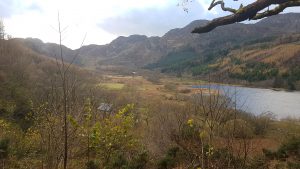
So what did we do?
The two days were based on two low key walks around the Welsh village of Trefriw, in Snowdonia. The walks themselves were simply vehicles to move us through a landscape in order we might see and realise some of the concepts and ethics being explored. Heidi and Seb used a good mixture of practical instruction, discussion (debate!) and some games/exercises to help each course delegate realise their own LNT ethos and shine light on the many ambiguities of human behavior. One such game that sticks in the mind was we each had to find a piece of litter and then as a group order the rubbish in length of time it takes for each piece to break down in to non recognisable form/fully degraded. They used some flash cards to take the place of other pieces of litter, we found some wire, a tissue, a plastic bottle (of course), the head of a golf club (aluminium driver), sweet bag, carrier bag, some old wooden fence post. Among the flash cards added were fishing line and a glass bottle. Where would you start? Which one will break down to nothing first, which one takes longest? Are any of those not litter? What is litter? These were the basis for much discussion! The fact that struck me most on this was about plastic. All the plastic that has ever been produced, has still not degraded yet and is out there. It will be for some time to come and yet we still produce more.
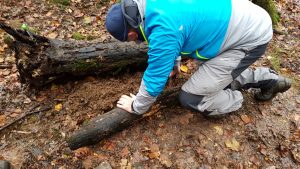
We dug ‘cat holes’, looked at what constitutes man made vs natural, experimented with path erosion, considered impact on other people on the hill, the wildlife around, land management, positive impact, re-wilding, education and a whole heap of ideas aimed at supporting people to both protect the outdoors and help people enjoy it responsibly.
Another exercise gave me a phrase which will live long in my mind as it is a phrase that reflects my approach to working with people in the outdoors, it defines what I enjoy most about being out and about: the gift of discovery. That moment where you get a jaw dropping view, find a small tarn, perhaps with island and are able to sit a while and enjoy the serenity, the run where you go somewhere you’ve never been before and see no one and nothing but the natural world, the hidden cave at the back of the crag, fresh in my mind from last nights run on Pendle a hill I know so well- a ‘new’ line downhill linking two familiar paths…. ALL these things we discover as we play out. I ‘discovered’ them and relished that experience, so I keep doing it… looking for more new discoveries and finding them. Why wouldn’t I, or any of us not want to pass that gift on? Leave No Trace is all about passing that gift of discovery on to the next person.
My day to day aims are many and varied as I work & play outdoors, with groups of three year old’s to groups or individuals of seventy three years old, but all of those aims can be wrapped up and packaged under a broader heading:
I strive to inspire people to be inspired by and connect with the natural world around them.
So, added to my winter work list is the following; to devise a Leave No Trace awareness course to promote and deliver next year as well as exploring how I currently and how I could further incorporate LNT principles in to my work.
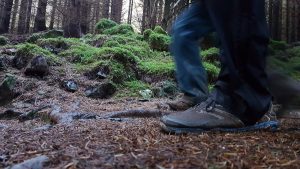
More to follow in 2018…..

